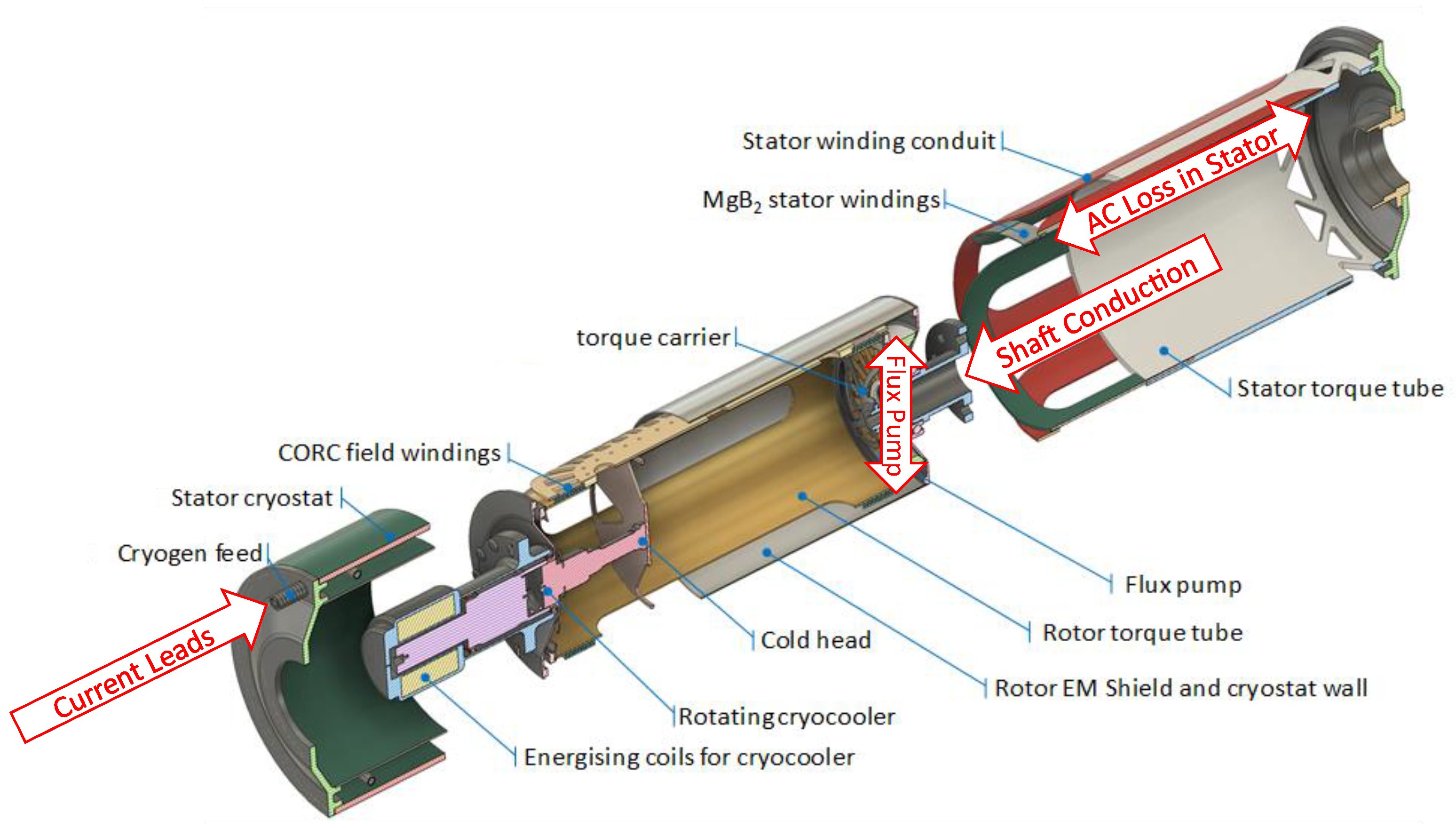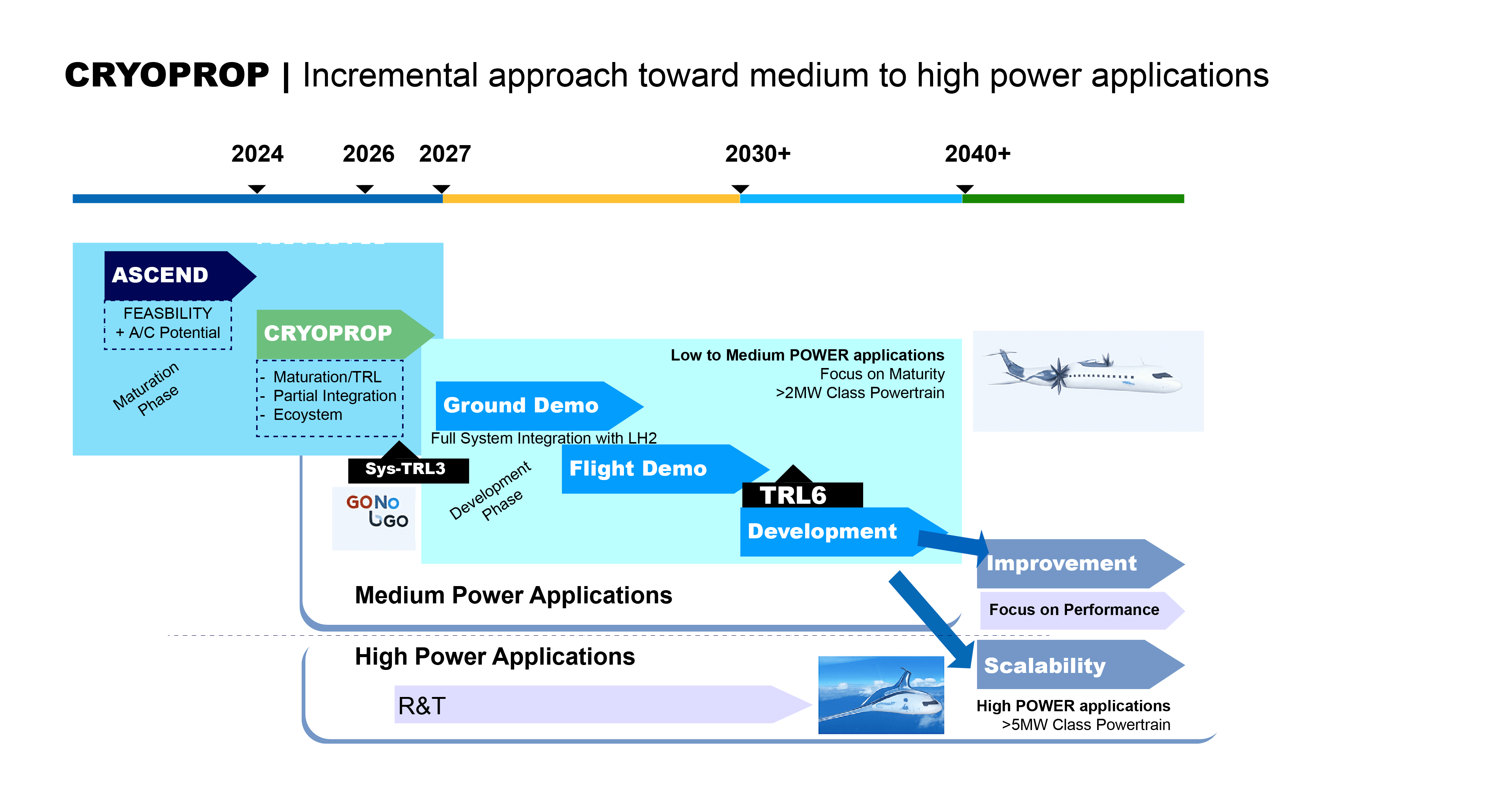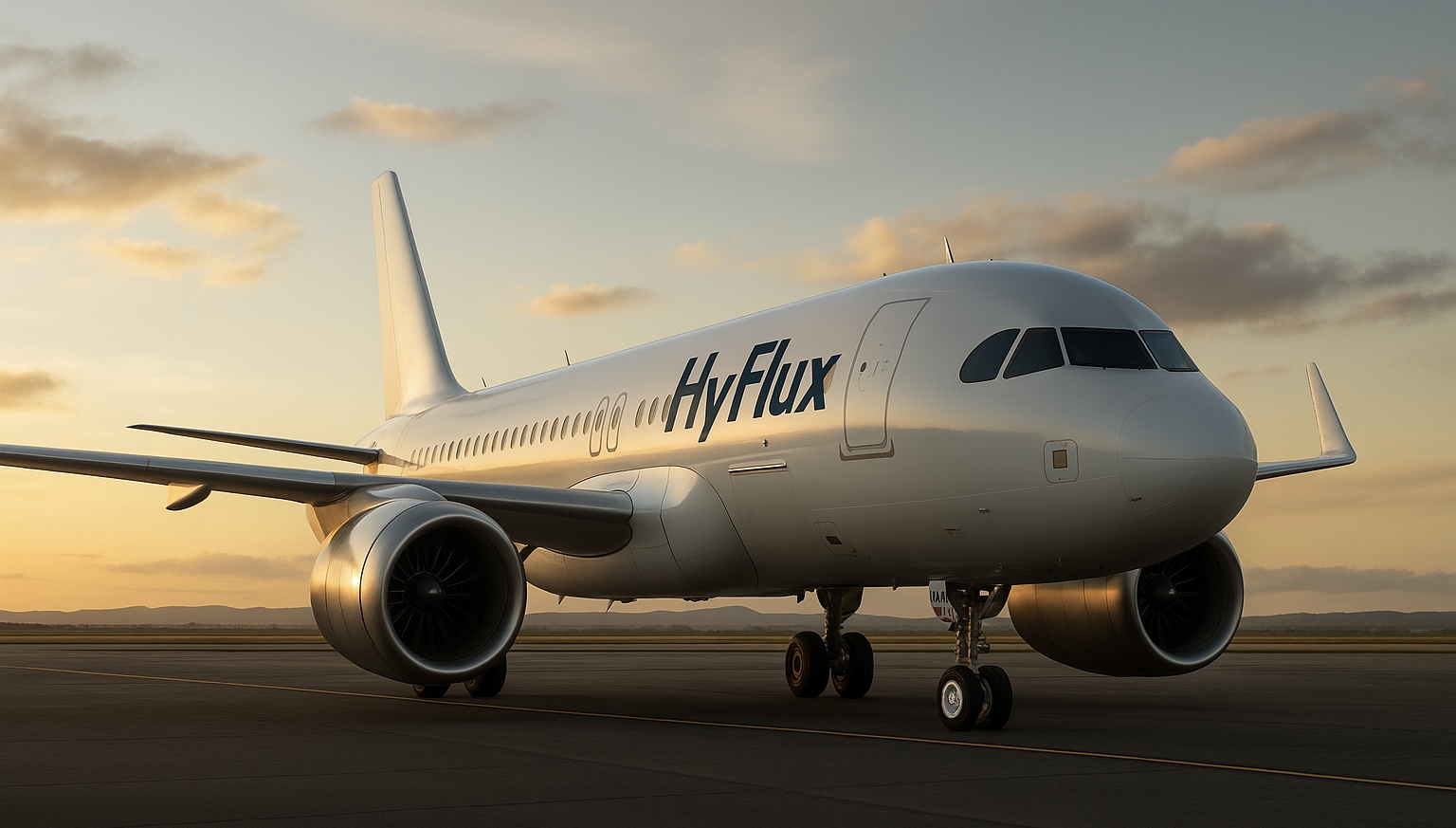The German Aerospace Center (DLR) has unveiled a new aviation strategy that sets the path for emission-free flying. The goal is the development of highly efficient aircraft that use climate-friendly drives and sustainable fuels. The energy requirements of future aircraft must be reduced to at least half by 2050. Highly efficient aircraft configurations and an intelligent mix of alternative drive concepts are therefore necessary for the next generation of aircraft.
“The DLR’s vision is emission-free aviation,” said DLR head Anke Kaysser-Pyzalla. “Getting there requires a disruptive approach and new technologies. In our new aviation strategy, we consider the aircraft and air traffic as an overall system.” The DLR is working closely with the aviation industry on the development of new concepts. New technologies to lessen aerodynamic drag and total weight along with innovative flight control and sensors will be needed to reduce the energy requirements of future aircraft by at least half, noted Markus Fischer, the DLR’s senior vice president of aviation. Future small and regional aircraft will be able to take off with battery and hybrid electric technology; short to medium-haul aircraft will use hydrogen, Fischer added. For longer haul routes, sustainable fuels will be used with highly efficient turbines. Climate-optimised flight routes also offer an important savings perspective for all aircraft, he stressed.
The German aviation industry last year presented a joint master plan to bring air transport more in line with climate protection and commit companies in the sector to the goal of CO2-neutral air transport.
An economy without greenhouse gas emissions by 2050 – this is Europe’s declared, 30-year goal for halting climate change. Renewable energies are expected to replace fossil fuels such as oil, coal and gas. Hydrogen will play an important role in the sustainable transformation of the energy supply system.
Hydrogen is a highly versatile energy source with immense potential for synergies because it can be used across sector boundaries – in clean mobility, for the efficient supply of electricity and heating, as an energy storage medium to offset fluctuating supplies from renewable sources, and as a basis for alternative fuels or as a process gas in industry. Sustainably and economically produced hydrogen is therefore a key element in greatly reducing emissions – especially of the harmful greenhouse gas carbon dioxide – in the energy, transport and industrial sectors and thus in combating climate change. At the same time, the establishment of a cross-sectoral and, if possible, global hydrogen economy is opening up enormous opportunities for new technologies and business models.
DLR is active in all areas of hydrogen research and along the entire process chain – from production to storage and use. With the experience gained over several decades, its researchers are working to make it widely usable. DLR’s scientists can draw upon several decades of experience in working to exploit its potential. In order to produce hydrogen sustainably and economically on a large industrial scale in the near future, DLR is researching two main methods – electrolysis and solar-thermal processes. DLR is also investigating how hydrogen can be stored as efficiently and safely as possible and transported over long distances. DLR is developing both special fuel cells and new types of hydrogen tanks for mobile use, and is integrating them into the relevant systems, be they cars, buses, trucks, cargo bicycles, trains, aircraft or ships. Together with turbine and power plant manufacturers, DLR is conducting research in the fields of fuel flexibility and design concepts for ensuring that mixtures of natural gas and hydrogen burn as stably and with as few pollutant emissions as possible.
Transport, storage, and distribution – building and modifying infrastructure
In addition to production, cost-effective and reliable hydrogen transportation is essential for a future hydrogen economy. This involves both the transport routes from global production sites to nodes within the customer countries and local distribution to the end consumer. There are a number of possible approaches for this. The hydrogen could be transported in liquid form, or converted into ammonia, methane, or other liquid organic carriers.
For now, it remains unclear which of these approaches will prove the most economically attractive. If hydrogen needs to be transported to an end consumer, it will probably be transported by lorry as a liquid or compressed gas. Another means of transporting and distributing hydrogen is to gradually convert the existing natural gas network into a hydrogen network. The German gas network consists of a transport network that extends 40,000 kilometres, with a distribution network covering 470,000 kilometres. To a certain extent, it is already suitable for distributing hydrogen. However, the introduction of a larger proportion of hydrogen would require careful investigation and optimisation of the various materials, components, operating methods and user requirements.
Large storage facilities will be an essential part of the overall hydrogen infrastructure. They will be necessary to reliably cover seasonal peaks in demand, such as during colder and darker months. In Germany, underground salt caverns are considered to be particularly suitable for this purpose. DLR is examining the safety of such storage facilities, the durability of the materials used there, and how the quality of the stored hydrogen changes over time. It is also conducting research into possible business models for production and storage, and analysing the potential of different locations, particularly in northern Germany. For geological reasons, these areas are particularly suitable for the type of infrastructure required.
Sustainable hydrogen mobility for roads, rail, air and sea
Green hydrogen represents a sustainable alternative for many applications powered today by petrol, diesel, kerosene or heavy oil. At the same time, it preserves the conveniences to which we have become accustomed, allowing for long range travel and fast refuelling. Hydrogen fuel cells are characterised by high levels of efficiency and, unlike the direct combustion of hydrogen in engines and turbines, produce only water vapour as emissions.
DLR is developing special fuel cells and new types of hydrogen tanks for mobile use and integrating them into the propulsion systems of cars, buses, lorries, trains, aircraft and ships. Hydrogen-based propulsion solutions have significant advantages over battery concepts when it comes to transporting heavy loads over long distances.
Private transport vehicles powered by hydrogen fuel cells are already available on the market. DLR experts are analysing their market share and adoption. The DLR Safe Light Regional Vehicle (SLRV), a concept vehicle, will have a highly efficient hydrogen drive and is scheduled to make its first trips in autumn 2020. Trains powered by fuel cells provide an emissions-free alternative to diesel locomotives or multiple unit trains on stretches of track without overhead lines. DLR conducted a study in which it examined the market for trains with hybrid drive concepts and, together with the rail vehicle manufacturer Alstom, developed and tested the world's first fuel-cell-powered multiple unit train. Additional trains and test regions are set to follow. The first buses with fuel cells are already on the streets as part of pilot projects, while several manufacturers are developing lorries with this type of drive.
One focus of the new DLR Institute of Maritime Energy Systems is the use of hydrogen to power ships. The scientists are conducting research into aspects such as service life, suitability for everyday use, and the efficient integration of such systems. One example of such integration could be the simultaneous use of electricity produced using hydrogen to drive the ship’s propulsion and refrigerate its cargo. DLR is also working with companies and research institutions to launch the world’s first sea-going ferry to be powered with hydrogen fuel cells.
In aviation, hydrogen can be used as a fuel in modified gas turbines. This is of particular interest for large classes of aircraft, but requires the development of hydrogen storage systems that are compatible with aircraft and new combustion chambers. Powering flight with hydrogen fuel cells and electric propulsion systems has so far posed a highly complex technical challenge, but promises to be remarkably quiet, efficient, and emissions-free if successful.
The use of liquid synthetic fuels based on hydrogen could also improve the sustainability of flight. In future, they could be deployed not only in aviation, but also anywhere that conventional drive systems cannot easily be replaced with climatefriendly alternatives such as batteries or hydrogen fuel cells. These fuels would require only minor adjustments to drivetrain components and infrastructure. In the DLR cross-sectoral project 'Future Fuels', 11 institutes are investigating the chemical and physical properties of such climate-neutral fuels and their performance, composition and costeffective production methods.
Flying Testbed in 2025
The propulsion system will be tested on a D-CEFD Dornier 228 research aircraft.The German Aerospace Center (Deutsches Zentrum für Luft- und Raumfahrt; DLR), will be using Dornier 228 research aircraft D-CEFD for the hydrogen fuel cell propulsion technology testing. The testing process will start with a project including the participation of MTU Aero Engines.
The program will require the work of as many as 80 engineers. Its goal is to replace one of the two conventional aircraft engines by 2025, using a 600-kilowatt electric propulsion system powered by an H2 fuel cell. The project intends to have the aircraft flying within four years.
The hydrogen fuel cell system testing aircraft was received for the project in mid-November.
“The concept of combining electric propulsion units with fuel cells has a lot of potential for feeder and regional aircraft. We hope that the new Do 228 D-CEFD test platform will mark a significant advance for this technology concept,” said DLR divisional board member for aeronautics Markus Fischer.
The research plane will be applied to the testing of a spectrum of different types of aircraft components in addition to complete propulsion systems. It will allow them to be examined in detail and under real operating conditions.
“A liquid hydrogen and fuel cell system can power the aircraft of the future with no emissions apart from water. And that is precisely our goal – zero emissions,” said MTU Flying Fuel Cell department chief engineer Barnaby Law while discussing the potential for hydrogen fuel cell propulsions. “The experience and data gained, including in regulatory matters and airworthiness certification are crucial for our further product development.”




